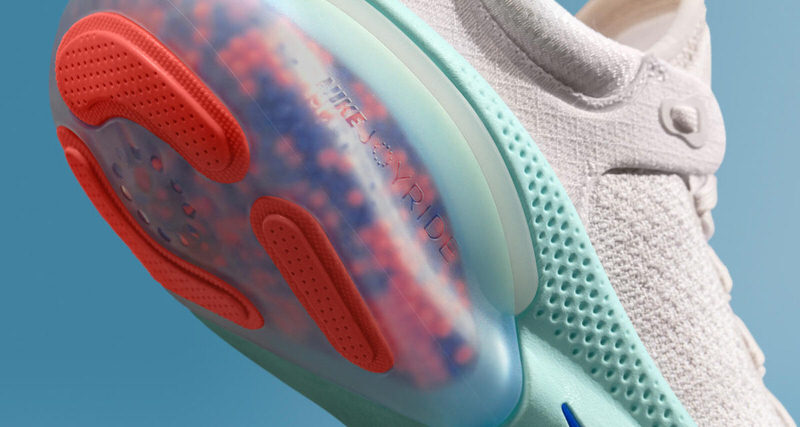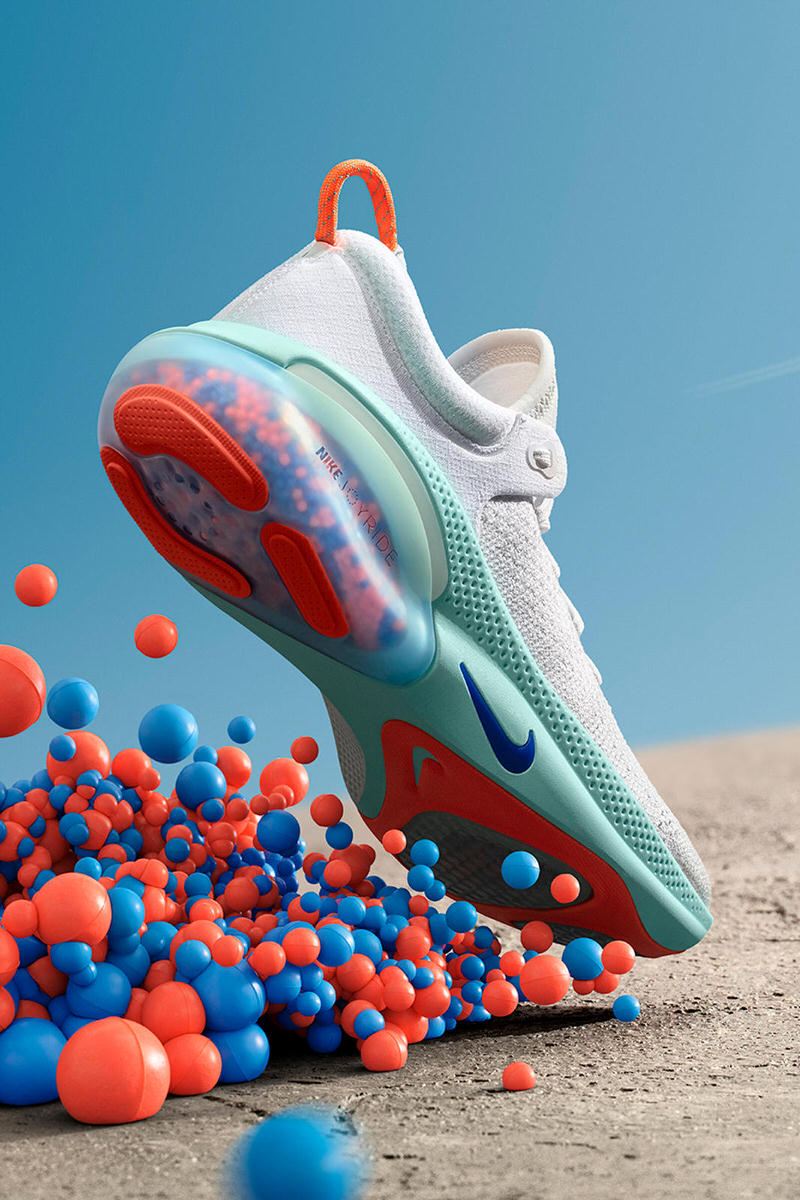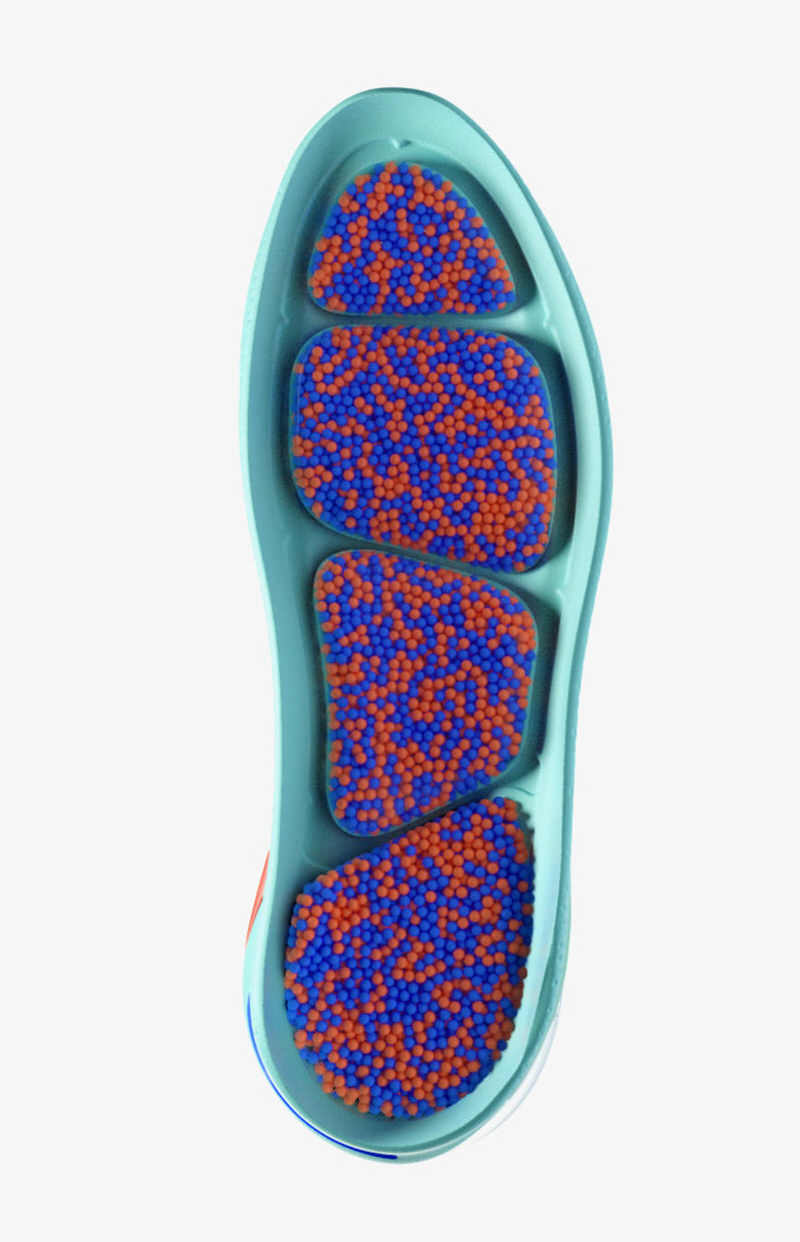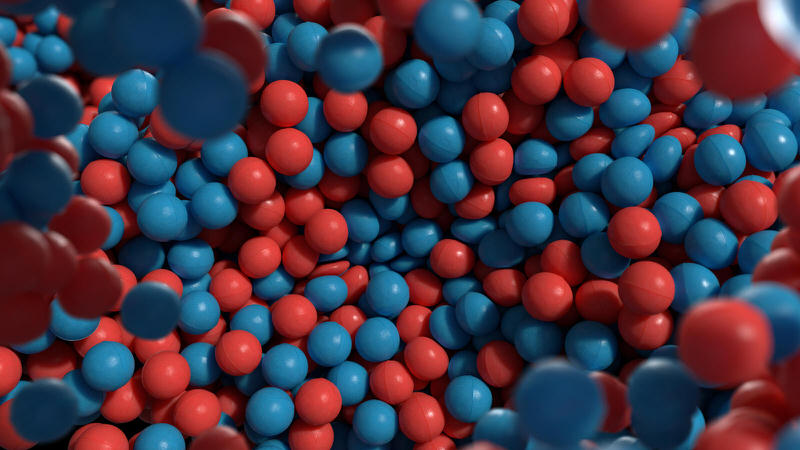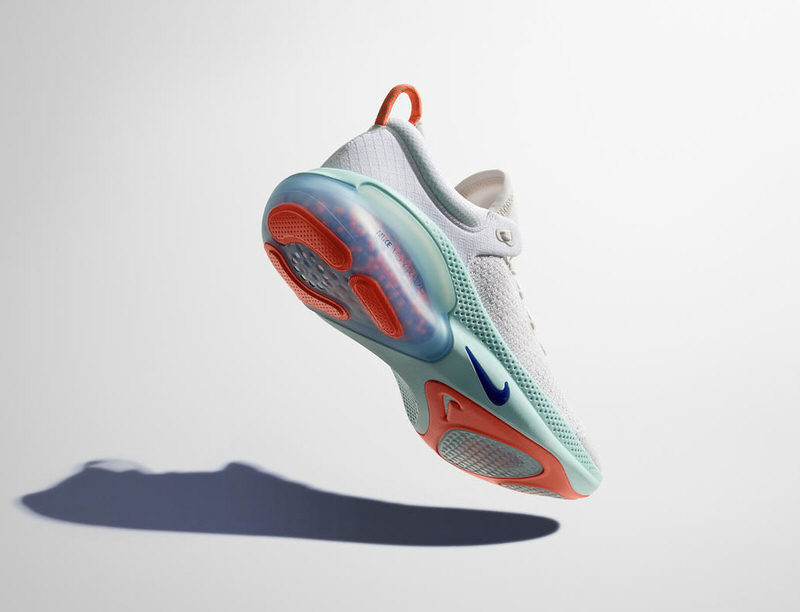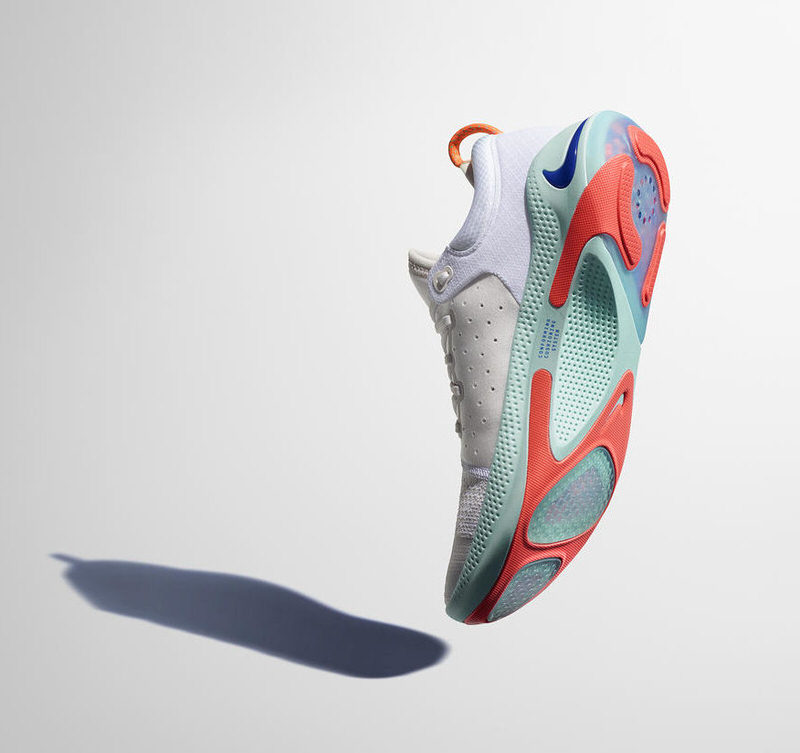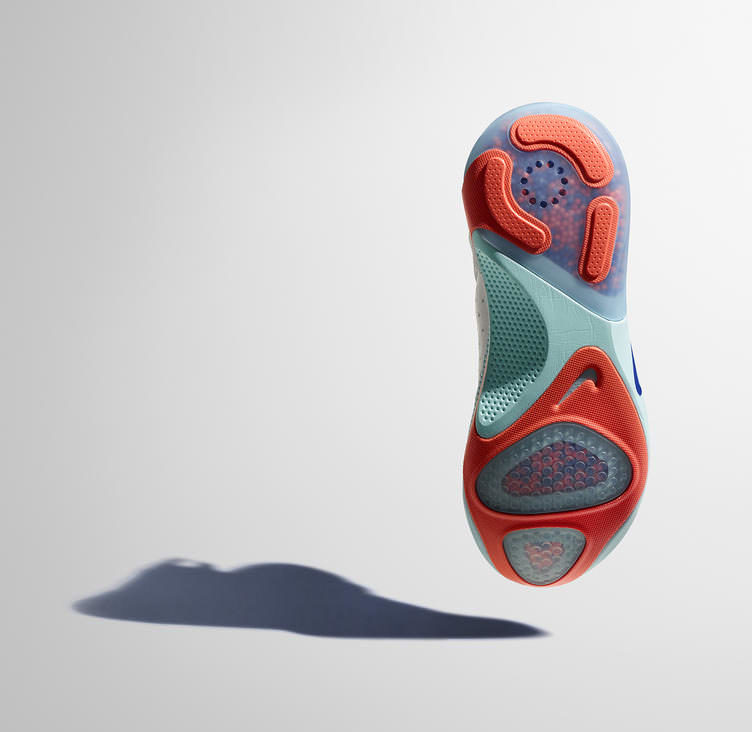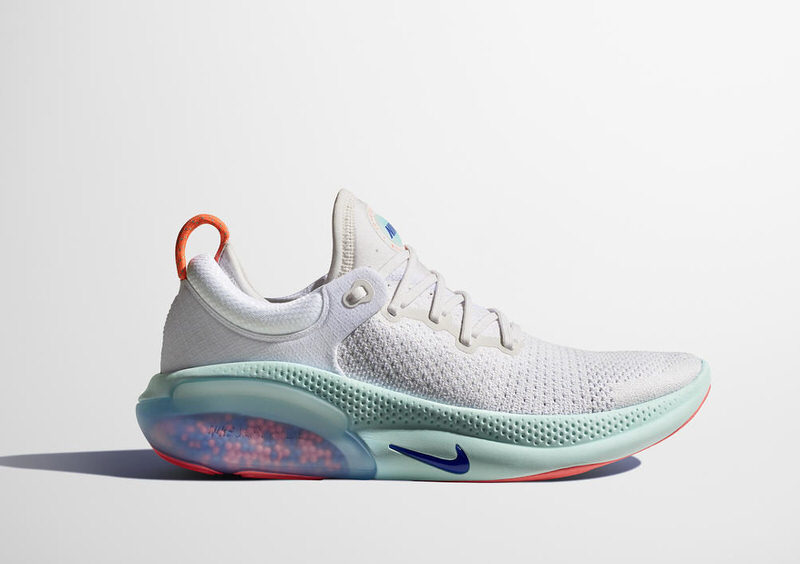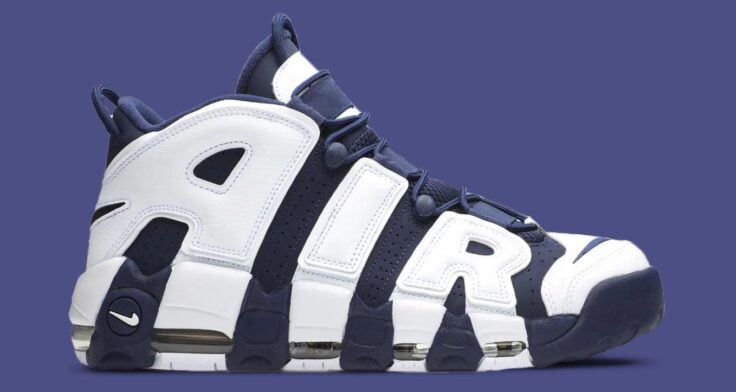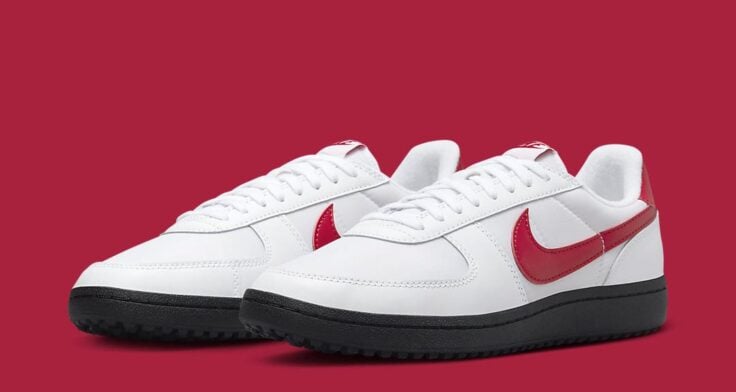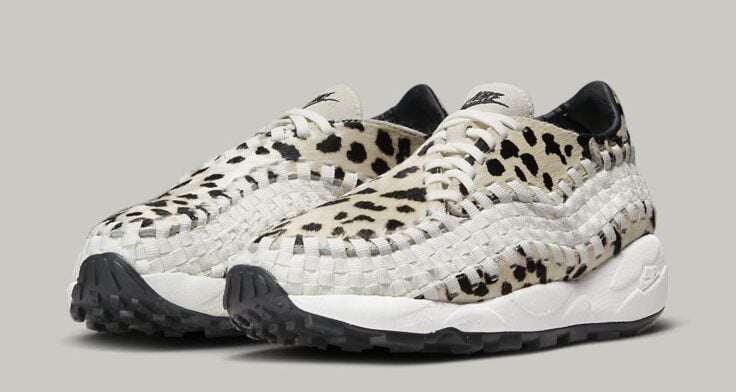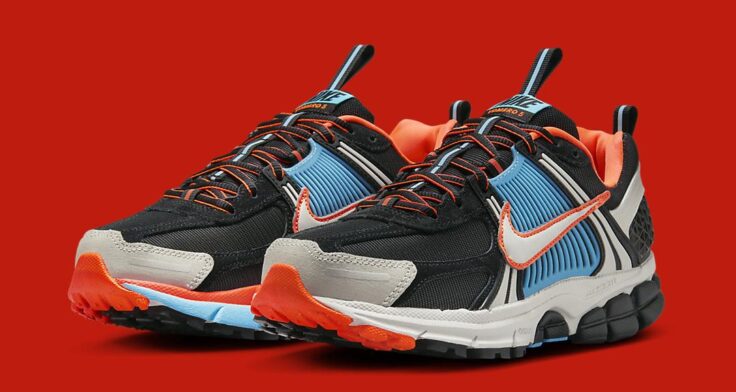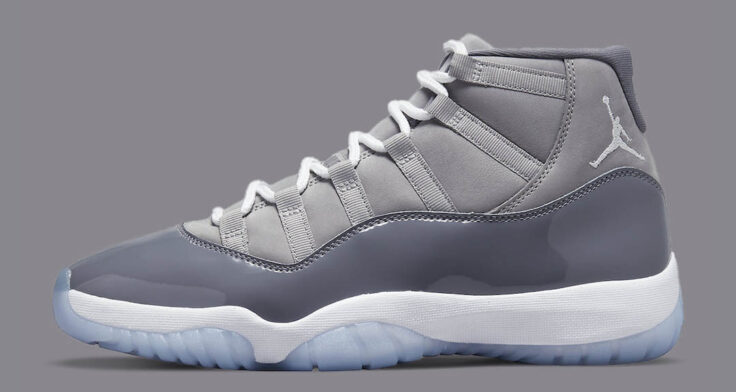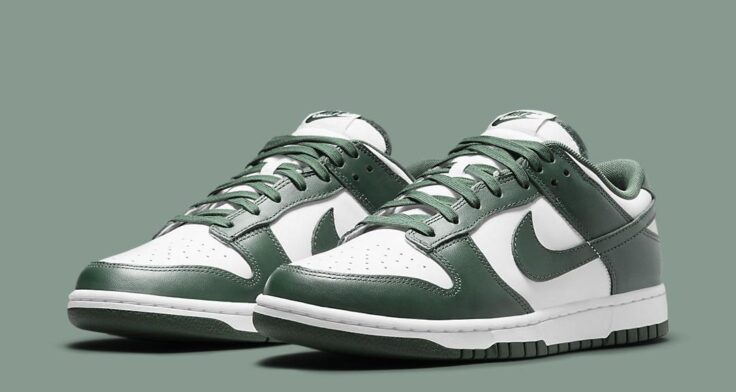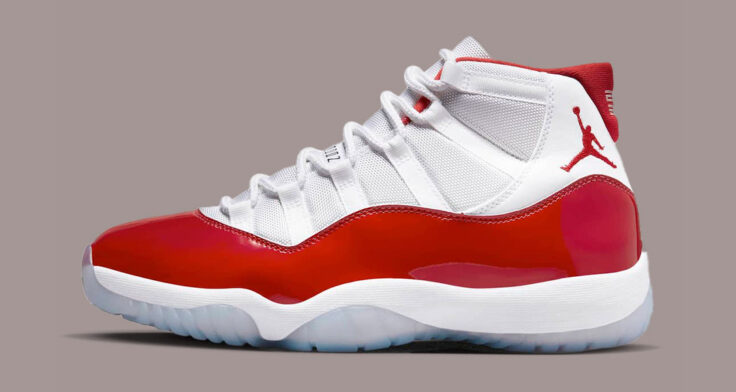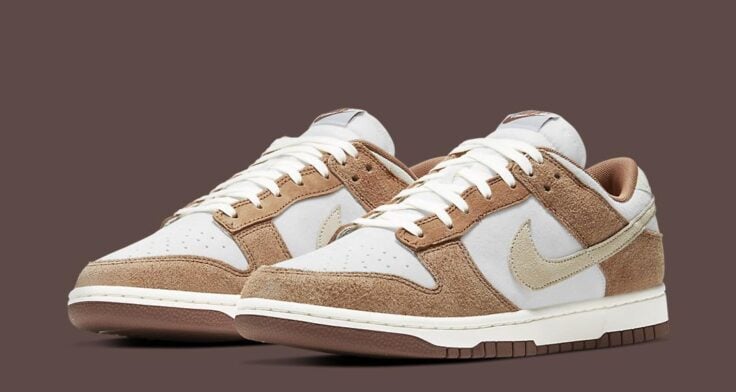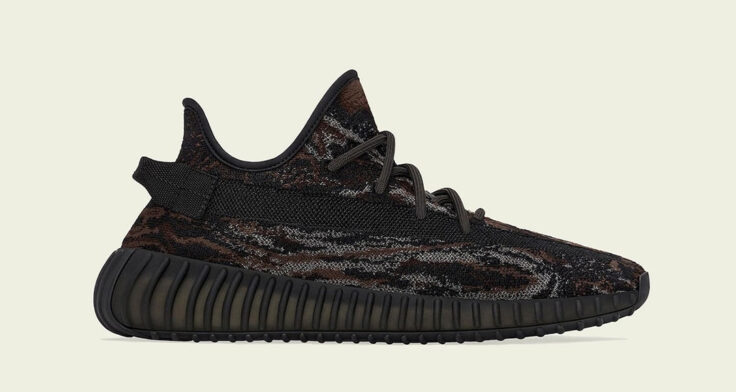Following in the footsteps of Air, Zoom and Shox, Nike Joyride is the latest cushioning system from the Swoosh.
A new peer to React, Joyride is also engineered with the intent to deliver energy return under the foot for both impact absorption and rejuvenated joints.
Those keen to the market as a whole will credit adidas’ Boost as introducing the trend of energy return while aesthetically Joyride is very similar to PUMA’s NRGY Beads.
Essentially, Joyride is a cushioning system exclusive to Nike that is composed of thousands of TPE beads. Like much of Nike’s technology, the innovation is articulated to different zones allowing the beads to expand in all directions when force is applied all in tuned fashion.
In regards to force and articulation, this is best exemplified by the heel pod which is bigger to absorb more impact while the forefoot is smaller and designed for a smooth transition. Following numerous wears and runs, it’s said that the end result is a dynamic footbed that forms to your foot for a more personalized feel.
To sum it all up, Joyride is a system of zoned pods filled with varying beads for each area of the foot. The intent is to provide energy return while also resulting in a custom fit and feel.
While recent Nike innovation like Vaporfly lives more in the high-tier performance space, Joyride is sold as being ‘designed for all runners.’
The tech will debut on the Nike Joyride Flyknit this summer/fall — seen below — followed by three NSW launches further lending to the feeling that Joyride is more for casual wear than race day dominance.
Keep it locked to Nice Kicks for more on Nike Joyride.
